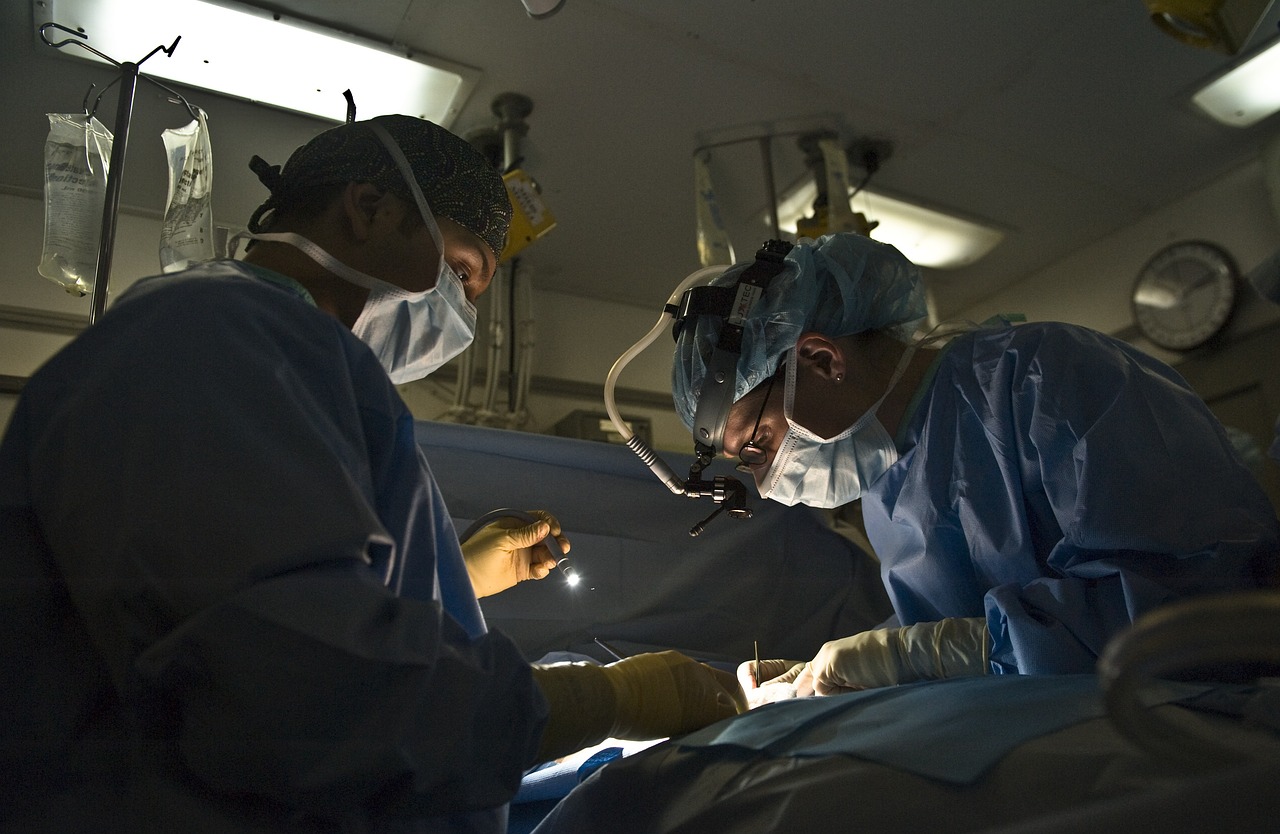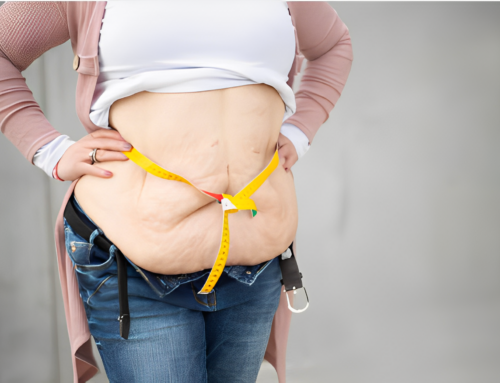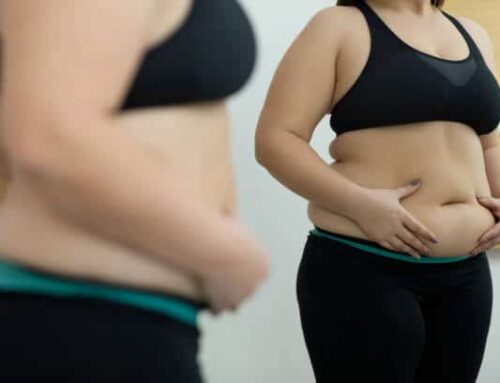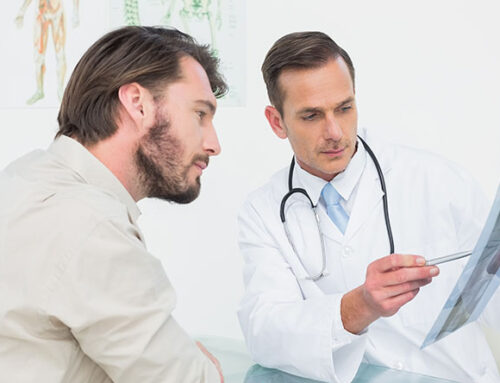The gallbladder is an often overlooked organ. It’s not considered essential as the human body can thrive without it, and for the most part, we don’t tend to give it much thought. However, when this little organ malfunctions or develops diseases, there’s no overlooking the symptoms.
A small pear shaped organ, the gallbladder sits underneath our liver. Its primary function is to store bile – a digestive fluid – which it then releases into the small intestine to aid with the digestion and absorption of dietary fats. So how is it that we can remove the gallbladder without crippling our digestive system? And can this procedure actually be beneficial for digestion?
It might sound counterintuitive, but read on to learn more about the ways in which gallbladder removal might just help to improve your digestion.
Gallbladder Diseases and Their Symptoms
The various issues which can affect the gallbladder are often painful, uncomfortable, and require prompt medical attention. These include:
- GallstonesSmall, solid deposits that form in the gallbladder, gallstones (or cholelithiasis) range in size and number. Many people have asymptomatic gallstones, with symptoms only arising if they obstruct the bile ducts.
- Cholecystitis
While gallstones can obstruct the flow of bile, Cholecystitis is the resulting inflammation of the gallbladder. When bile becomes backed up in the gallbladder, it can easily succumb to infection.
- Cholangitis
Cholangitis is especially dangerous, as it can affect the gallbladder, liver, and biliary system too. This is when an obstruction in the common bile duct – usually a gallstone – leads to inflammation and possibly infection of connected organs.
- Biliary dyskinesia
A common reason for gallbladder removal surgery is biliary dyskinesia. This is what is known as a functional disorder, as the muscles responsible for moving bile out of the gallbladder malfunction, stopping the digestive system from functioning as normal.
The symptoms for gallbladder problems often include ‘right upper quadrant pain’ – that is, pain in the upper right side of the abdomen which extends into the right arm – as well as pain after eating, difficulty digesting fatty foods, nausea, vomiting, or jaundice, depending on severity.
The Effect of Gallbladder Removal on Digestion
A malfunctioning gallbladder can cause serious digestive problems. But if this organ is so important to the digestive system, surely we would experience digestive upset if we removed it altogether, right?
Well, not exactly. Bile is essential for digestion and we do store it in the gallbladder, but the gallbladder itself is not necessary for bile production. Although our body must go through an adjustment period in order to compensate for having our gallbladder removed – which is called a cholecystectomy – the procedure won’t shut down our digestive system. Instead, bile will simply flow directly from the liver into the small intestine.
Recovery After Gallbladder Removal
This new arrangement is sure to alter digestion, with some individuals experiencing side effects like diarrhea after gallbladder removal, but the body adapts quickly. In fact, because this procedure is typically done with minimally invasive laparoscopic techniques, most patients have no difficulty returning to regular eating habits as soon as their appetite returns.
However, some dietary changes make healing from cholecystectomy easier. These include eating small meals throughout the day and reducing the amount of fat in the diet. As our bodies adjust to an altered system of bile management, they must relearn how to digest lipids effectively, so it’s best not to overwhelm them with a high fat diet too soon. At this stage, a high fat diet like lots of dairy products or fried foods is likely to result in bloating, flatulence, and constipation or diarrhoea.
How Gallbladder Removal Can Improve Digestion
Even though recovery may involve some restrictions or discomfort, this period is only temporary. Within a few months, most patients return to a normal diet after gallbladder removal. And not only do they experience the cessation of symptoms related to gallbladder disease, but they are also free from the risk of future complications.
Unfortunately, once the body has developed issues like gallstones, they have a high chance of recurring in susceptible individuals. This means that although some alternative treatments exist for gallbladder conditions, surgical removal is often the preferred option. This method improves a patient’s digestion for the rest of their lives, changing the way we digest dietary fats and eliminating uncomfortable side effects.
Cholecystectomy also has minimal risks. Long-term complications, such as diarrhoea, bile reflux, and a condition called postcholecystectomy syndrome, are very rare. Most individuals living without a gallbladder do not experience any significant long-term issues at all.
Booking a Consultation with Dr. Mastakov
Gallbladder removal may seem counterintuitive when it comes to improving digestion, but for individuals with gallbladder diseases, it can be a real game-changer. So, if you’re considering gallbladder removal or have questions about the procedure, it’s time to connect with an experienced surgeon in your area.
Dr. Mastakov is a highly experienced General Surgeon working at Mater Private Hospital Redland, Sunnybank Private Hospital, and St Stephen’s Hospital Hervey Bay. With over 26 years of experience, he is a Fellow of the Royal Australasian College of Surgeons (RACS) and specialises in Hernia and Bariatric Surgery.
Laparoscopic cholecystectomy – or minimally invasive gallbladder removal – is among Dr. Mastakov’s most commonly performed surgeries. For comprehensive care that involves evaluation of your symptoms, discussion of the benefits and risks, and guidance throughout recovery, you can request a consultation at mastakovsurgery.com.au or call 07 3414 3950 for more information.






Leave a Comment